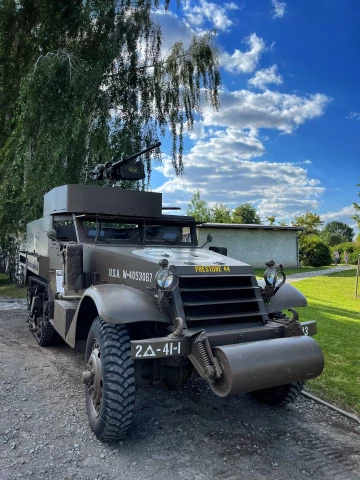- About us
- Photogallery
- Shooting Experiences
- Shooting courses
- E-shop
- Team building
- Shooting ranges
- Museum
- Contacts
Cargo Carrier M29 „Weasel“
Manufacturer: Studebaker Corp., South Bend, Indiana, USA
Year of Production: 1944
Length: 10 ft 5 ¾ in (319.4 cm)
Width: 5 ft 6 in (167.6 cm)
Height: 5 ft 10 13/16 in (179.9 cm) / 4 ft 5 11/16 in (136.4 cm) with folded windshield
Ground Clearance: 11 in (27.9 cm)
Transmission: 3+1
Maximum Speed: 36 mph (58 km/h)
Fuel Capacity: 35 gal (132.5 l)
Related items
Martin Hegr
10. 9. 2024
Skvělý zážitek, velice příjemní lidé, velký výběr zbraní, od druhoválečných až po ty novodobé, s radostí odpoví na všechny otázky, doporučuji!
Eva Sedláková
1. 12. 2024
Skvelý zážitok s manželom som si to veľmi užili. Profi personál výborný prístup a tých zbraní na výber...
Lussi Nayabi
8. 11. 2023
Úžasný zážitek, syn si to pořádně užil. Můžeme vřele doporučit, i jako dárek formou poukazu .
Filip Urbancik
27. 10. 2024
Vřele mohu doporučit střelbu s American Liberator. Nespočet historických i moderních zbraní, dostupná lokalita a především velmi profesionální dozor. Mnohokrát děkujeme za skvělý zážitek.
Mike K.
24. 4. 2023
- Široký výber zbraní - Příjemní a zkušení instruktoři - Skvěle strávený čas, určitě doporučuji!
Ondřej Moučka
27. 1. 2024
Parádní zážitek a spousta zajímavých zbraní
Kristýna Kunická
5. 11. 2023
Super zážitek, doporučujeme každému odvážlivci vyzkoušet!
T K
15. 10. 2023
+ Opravdu obrovský výběr zbraní, mezi nimi i rarity na které člověk jen tak nenarazí + Profesionální a přitom lidský přístup. Velmi ochotný a příjemný personál + Je poznat, že lidé v tomhle projektu jsou skutečně srdcaři a to se odráží i na super kvalitě služeb + Rozhodně služeb využiji i příště! + Střelba ze zbraní jako Thompson M1, K98 nebo MG42/M53 byla skutečným zážitkem! - Zkrátka nemám co vytknout. - Možná jen to, že i BAR 1918 by mohli mít v nabídce. Ale to je jen maličkost... :)
Káčatko
9. 11. 2023
Great girl! We had fun, great teambuilding, great agreement with the organizers. History explained, weapons briefing. I recommend it to anyone looking for entertainment for friends or company.
Lukáš Křen
17. 5. 2023
Výborný zážitek! Oceňuji především velký a zajímavě seskládaný výběr zbraní obsahující i méně běžné a dostupné kusy - třeba střelba z kulometu ve mně zanechala silný dojem. Kvituji opravování mých chyb při držení zbraně a střelbě samotné ze strany instruktorů, kteří byli i ochotni zodpovědět mé dotazy co jak funguje, odkud zbraň pochází, jaká je její historie apod. Rád někdy zopakuji. Žádné zásadní nedostatky nebyly, možná jen aspoň trošku počítat s časovou flexibilitou, kdy jsem na své dráze dostřílel pistole, ale na vedlejší dráze s kulomety / puškami ještě dokončoval svou střelbu jiný klient.
Petr Slama
24. 4. 2023
Perfektně strávená neděle se špičkovými instruktory na střelnici v Hodoníně. Všem doporučuji.
Roman Sip
7. 1. 2024
Střelba ze zbraní vlastního výběru - velice působivý a netradiční zážitek. Školení bezpečnosti prováděno vtipnou formou. Sympatičtí instruktoři dávají ke každé zbrani drobný výklad. Jistě budeme opakovat :) Děkujeme týmu a paní Kamile.
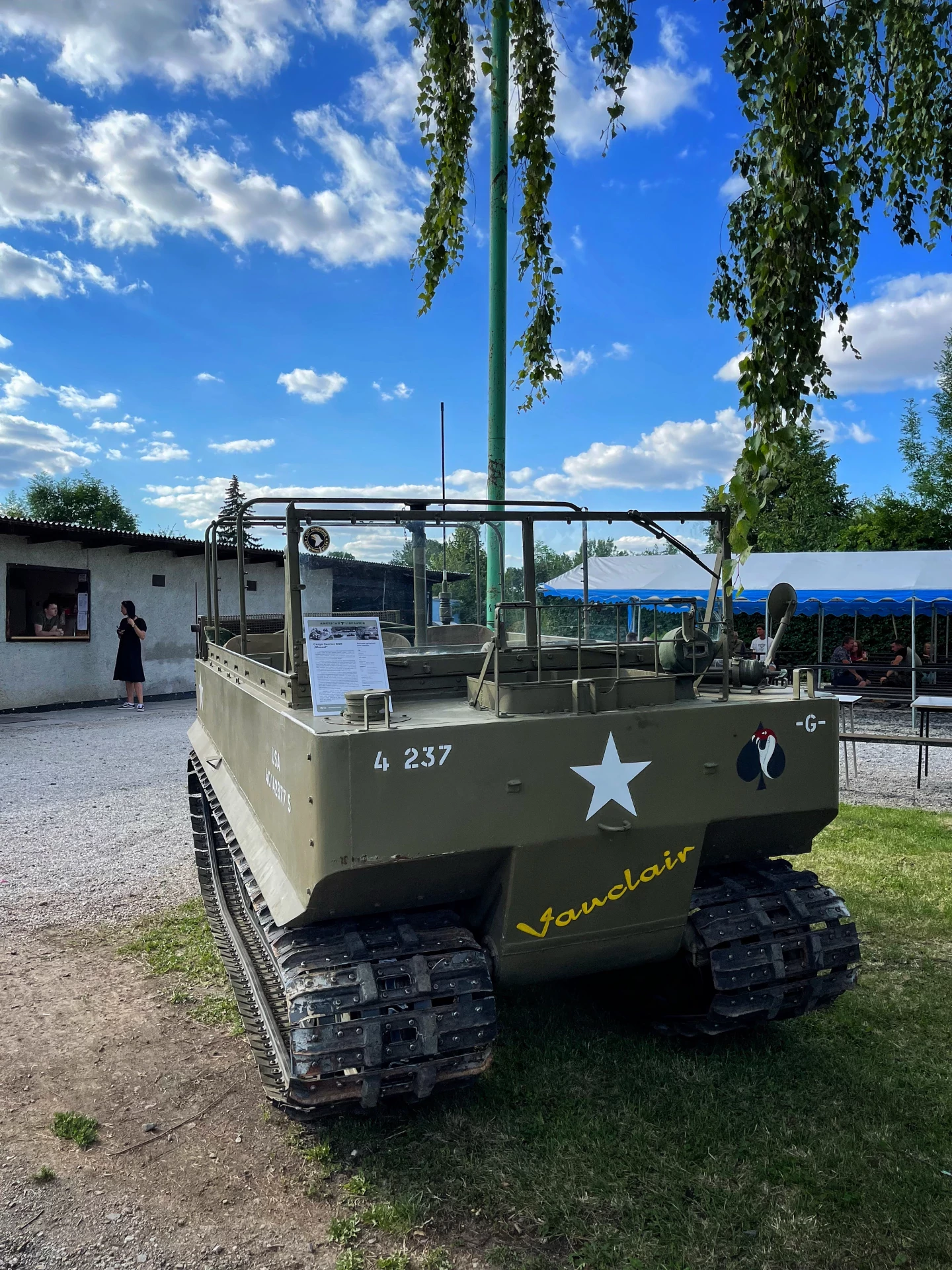


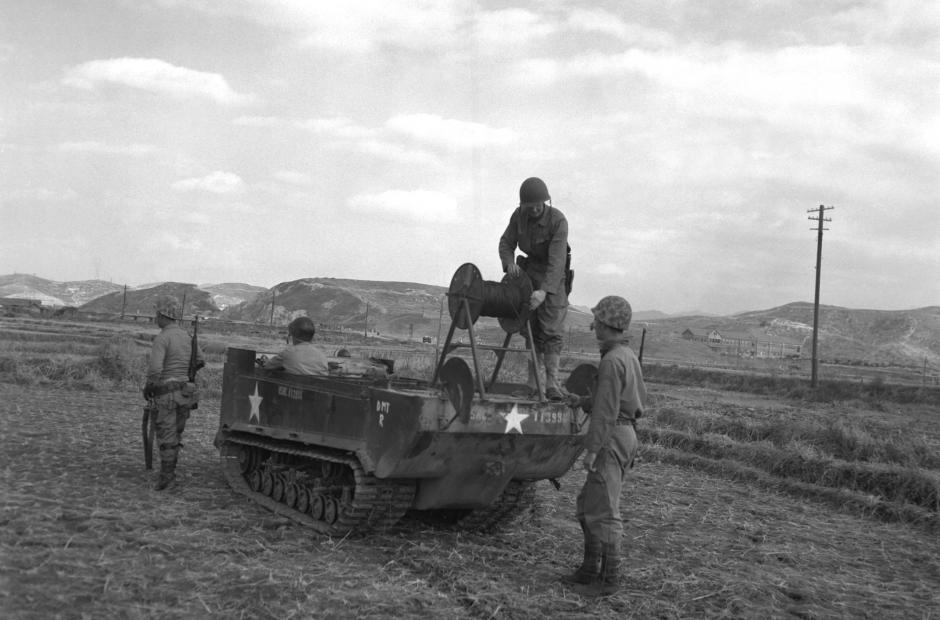

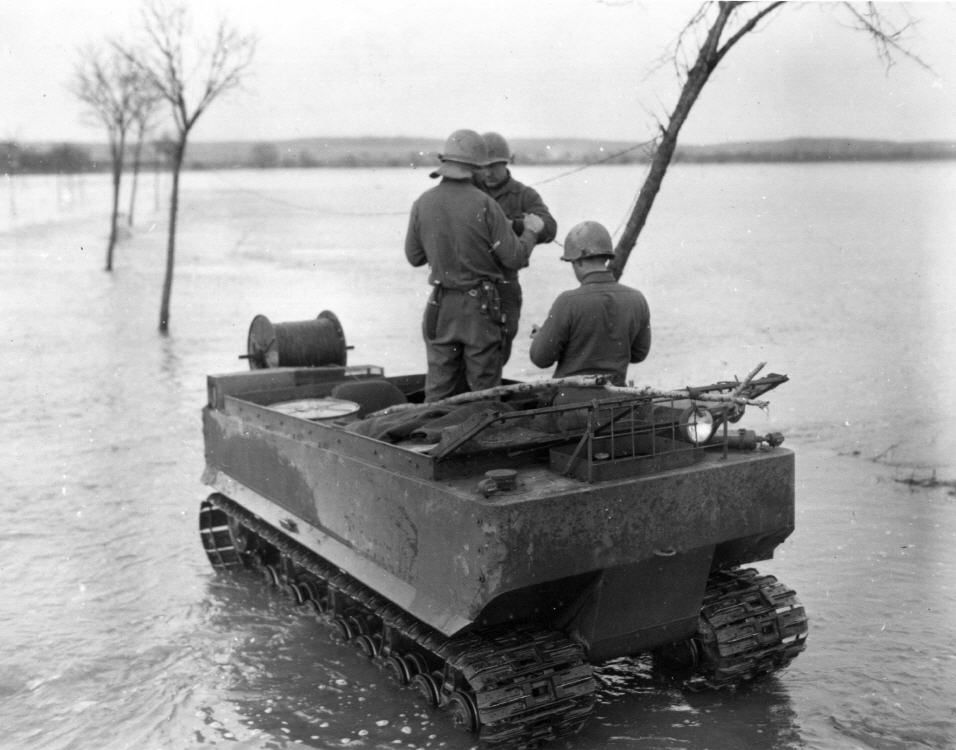
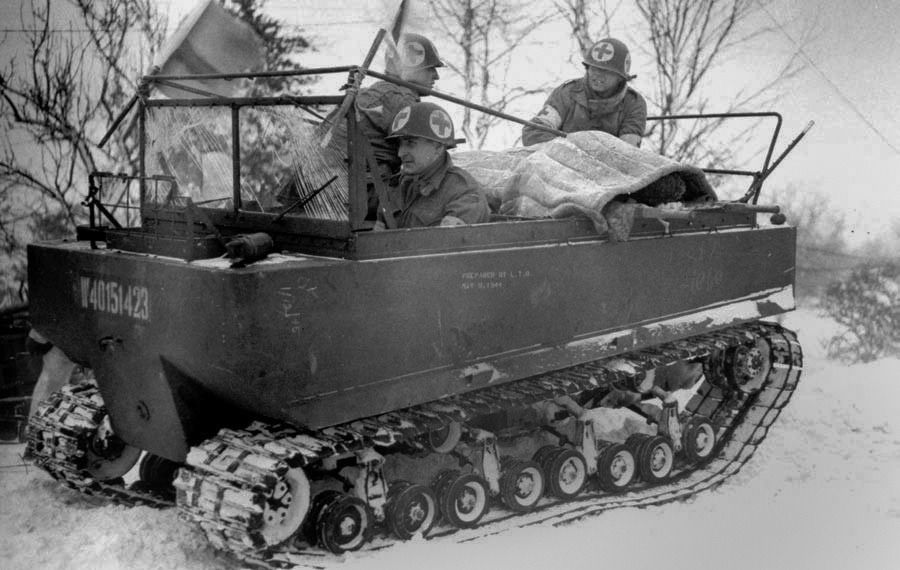

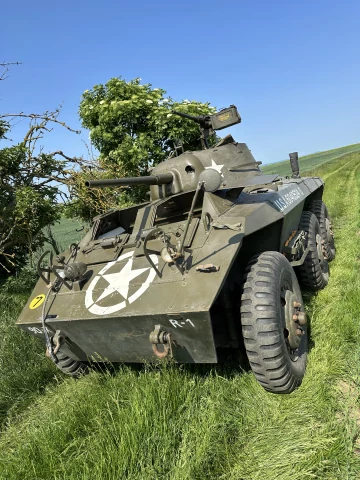
-small.webp)
